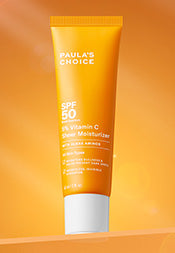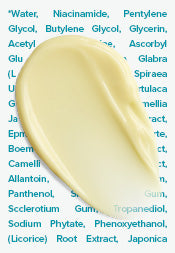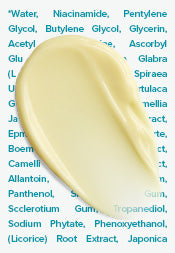Paula’s Choice Cocktail Approach to Skincare for Any Skin Type
One of the things that makes Paula’s Choice Skincare special is what we call our cocktail approach to the ingredients we include in our products. By “cocktail”, we mean that we don’t focus on one single ingredient—no matter how good it is for the skin—to the exclusion of others. Why we take this approach has everything to do with your skin and what research has proven it needs to restore and replenish itself.
Why Is the Cocktail Approach Important for Paula’s Choice Skincare Products?
Simply put, the skin is the largest organ of the body. Not surprisingly, its needs are many and far too complex for any single ingredient to address on its own, no matter how great it is. Think of it like your diet: Spinach is healthy for everyone, but if that was all you ate, your body would soon suffer because it needs more than what spinach alone provides.
The same concept applies to your skin: What your skin needs to look and feel healthy, remain younger-looking, and be more vibrant, is a variety of brilliant ingredients, including antioxidants, skin-replenishing ingredients, and skin-restoring ingredients. Paula’s Choice uses innovative blends of these ingredient groups in all of our leave-on products, from face serums to face moisturizers, retinol products, exfoliants, eye creams, and more.
No matter what skin type you have, you can be confident that our skincare products are expertly formulated to give your skin an exciting cocktail of replenishing and restorative ingredients. Let your skin feel healthier, look younger, and maintain resilience, now and for years to come, with Paula’s Choice. Cheers!
Check out our informative blogs on skincare.
Shop our skincare bestsellers to begin your journey to healthier, younger-looking skin.
References for this information
International Journal of Molecular Medicine, July 2016, pages 16–22
Aging Research Reviews, January 2015, pages 8–21
Journal of the American Academy of Dermatology, July 2014, pages 177–184
Journal of Visual Communication in Medicine, November 2010, pages 149–149
Dermatoendocrinology, July-August 2009, pages 195–196
British Journal of Dermatology, September 2008, pages 567–577
Nursing Times, August 2003, pages 46–48











